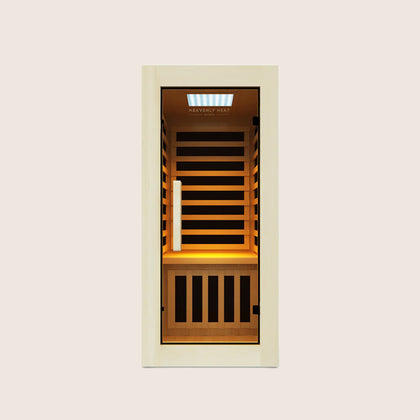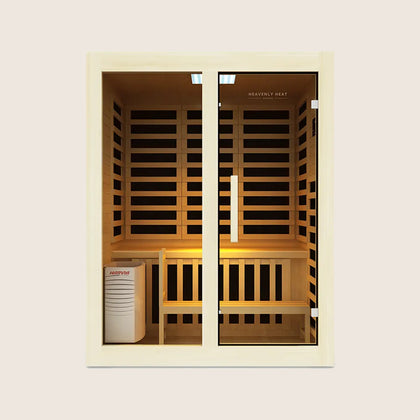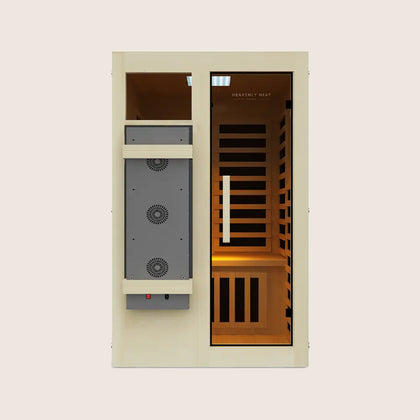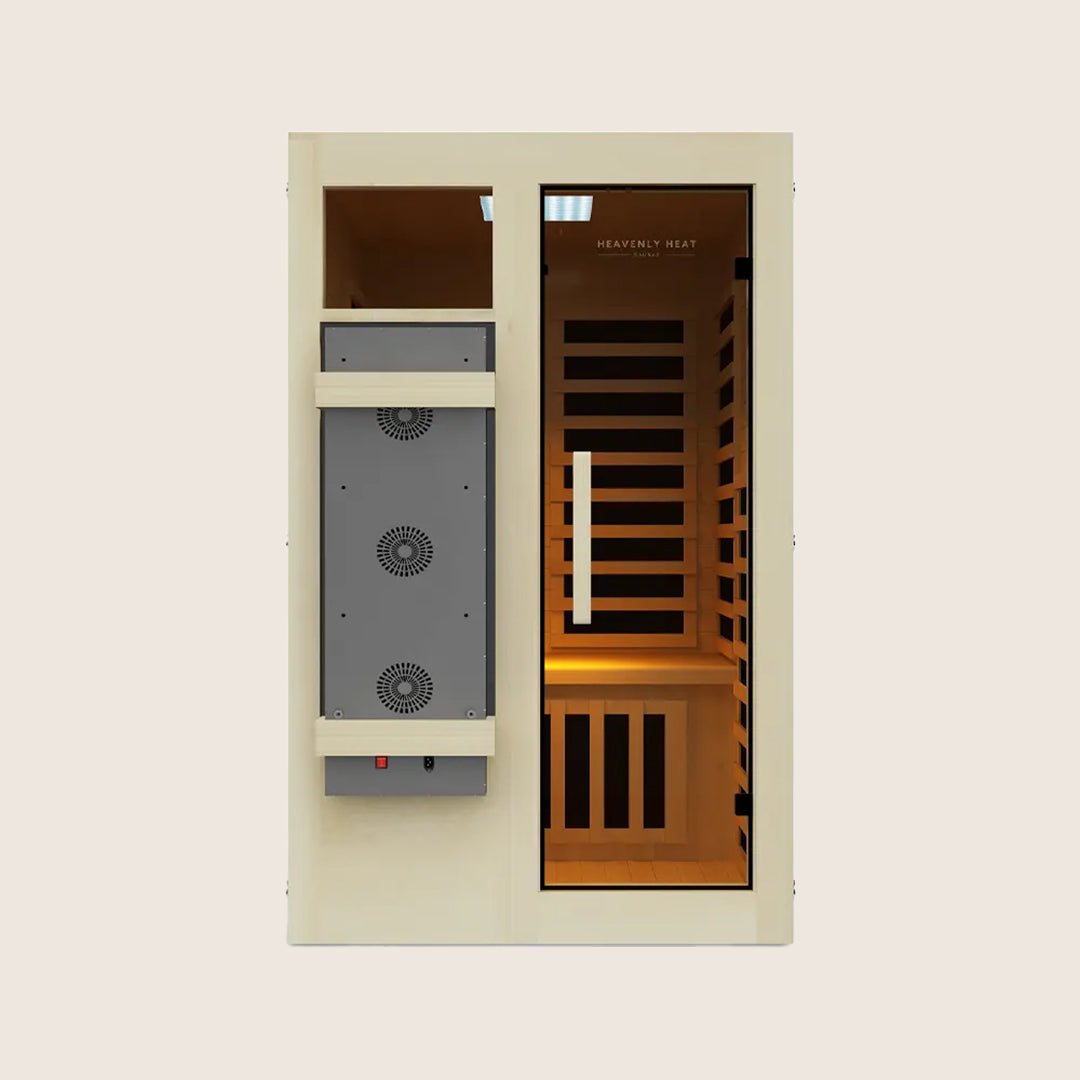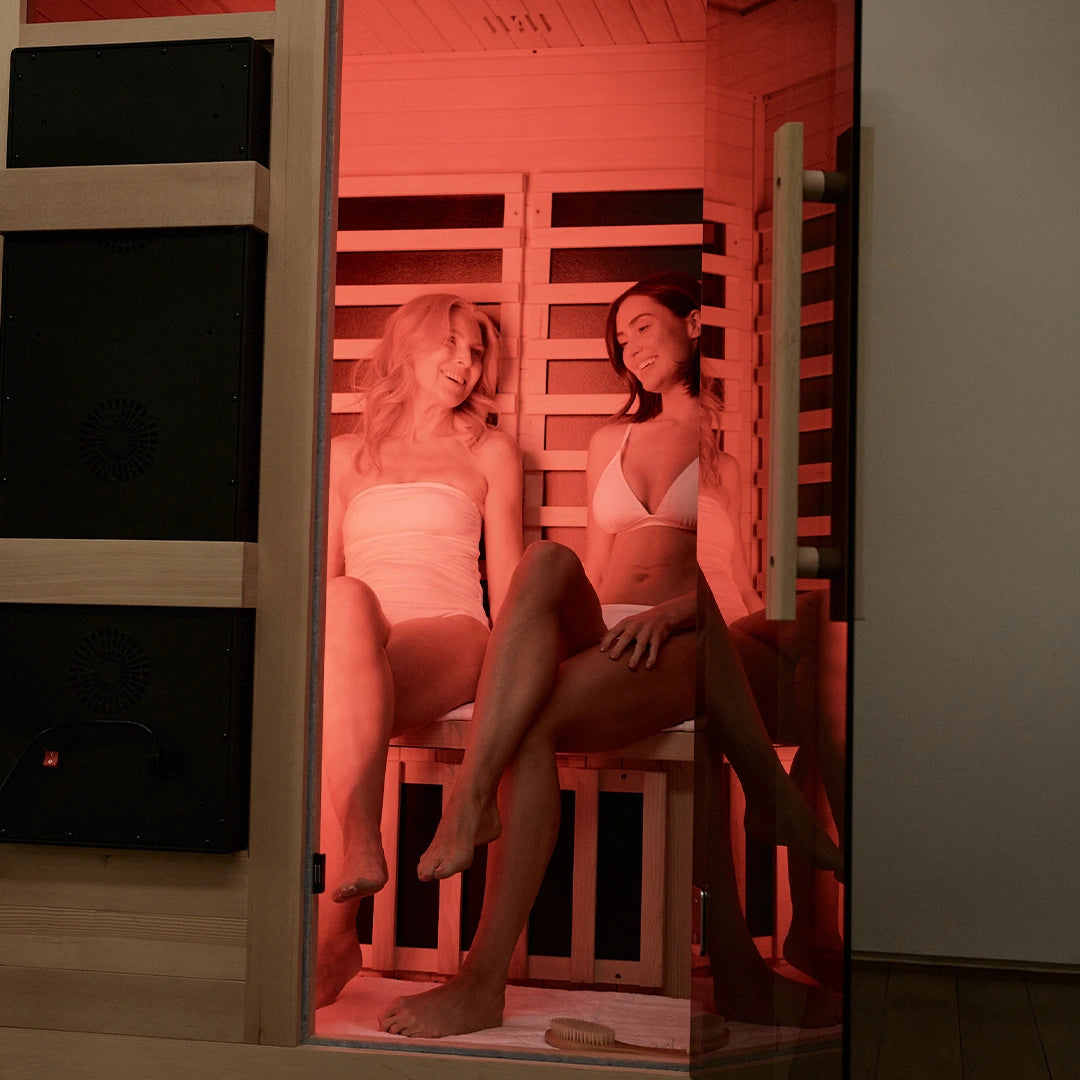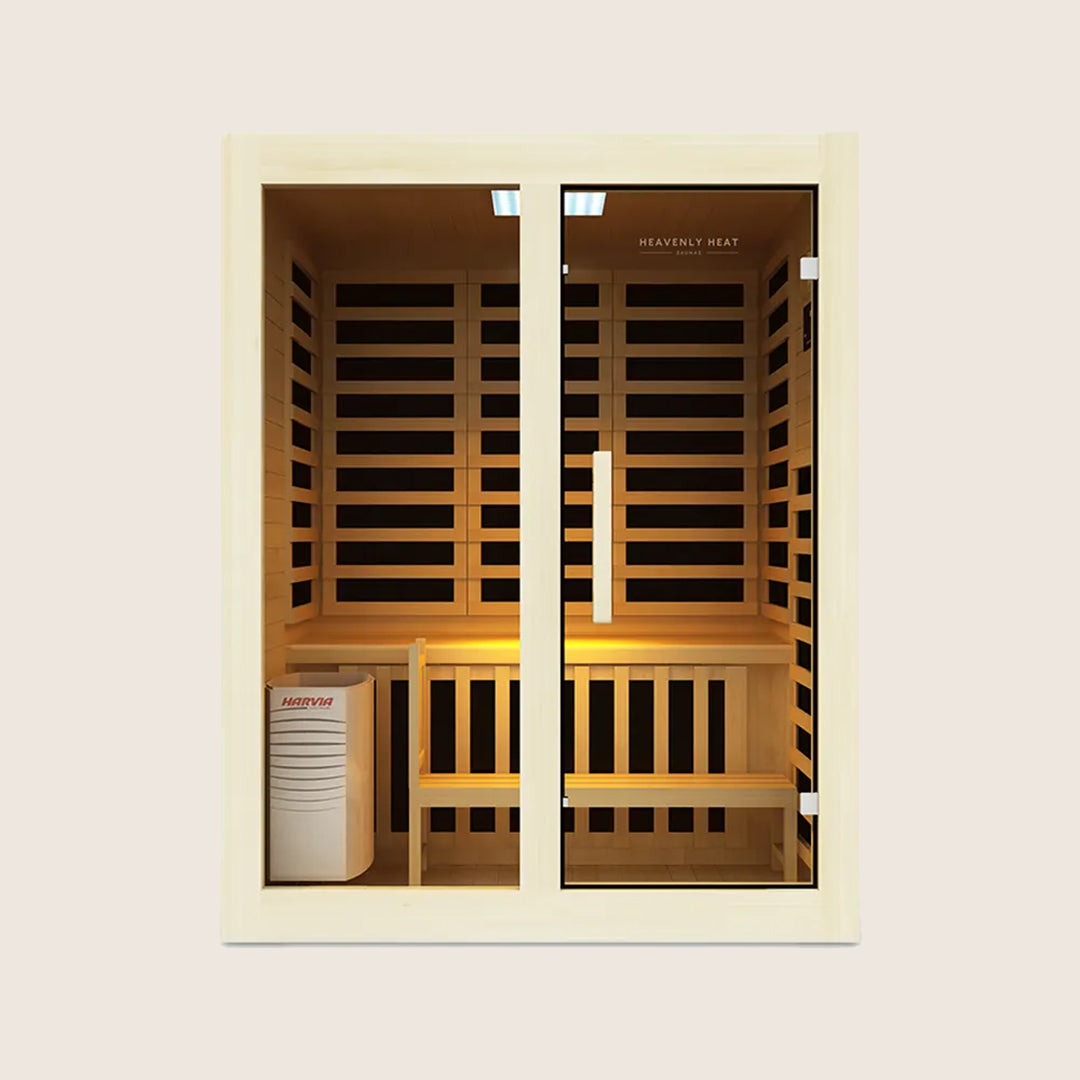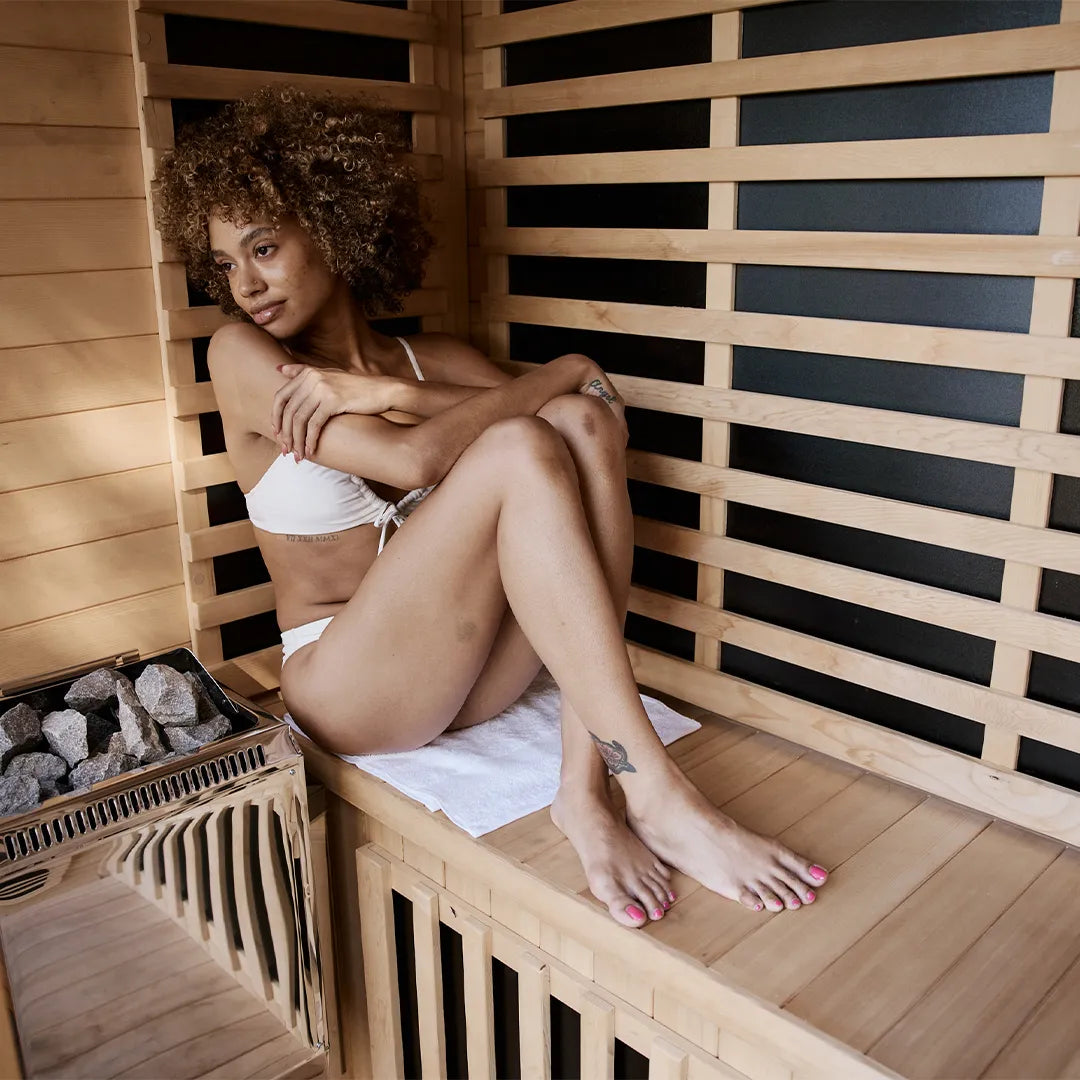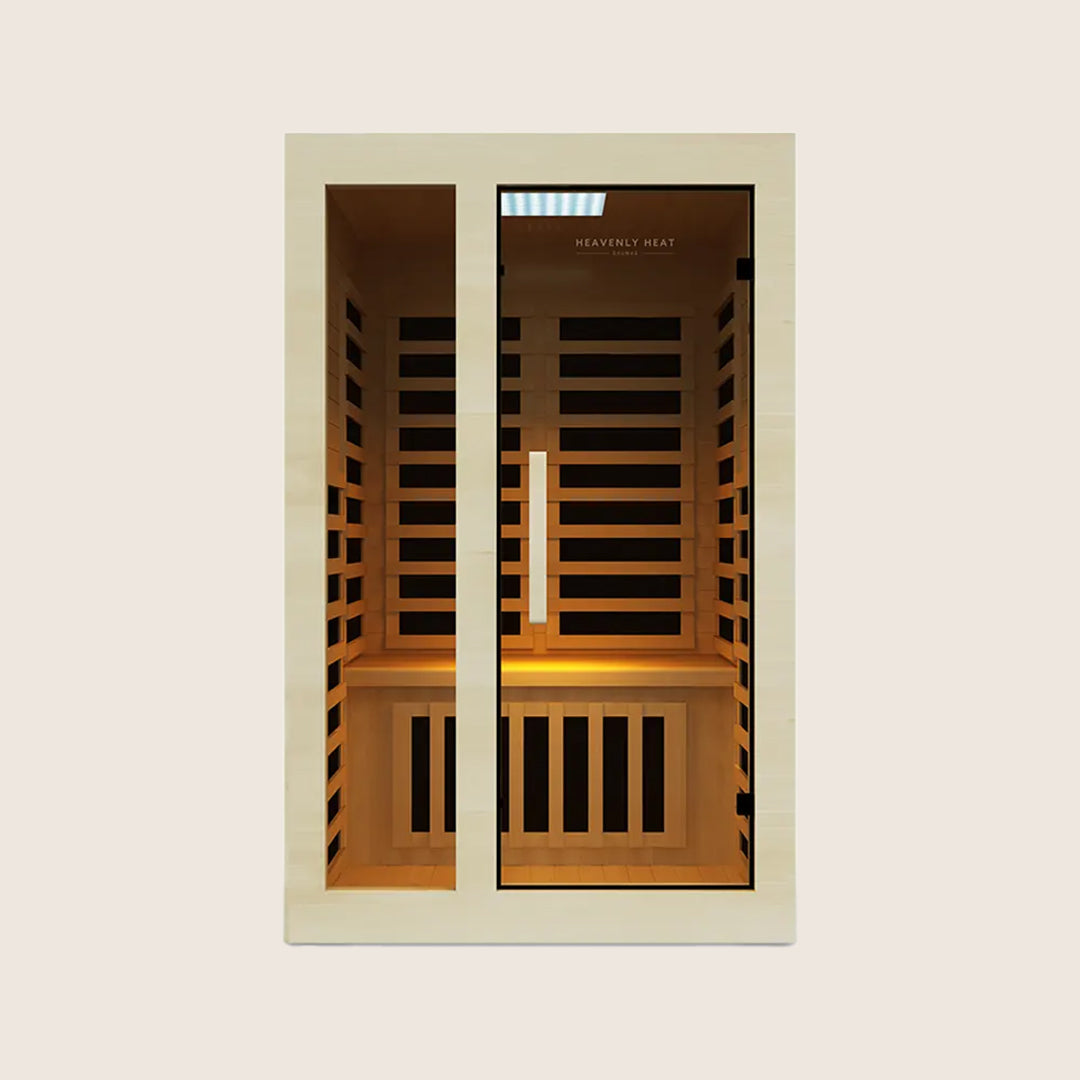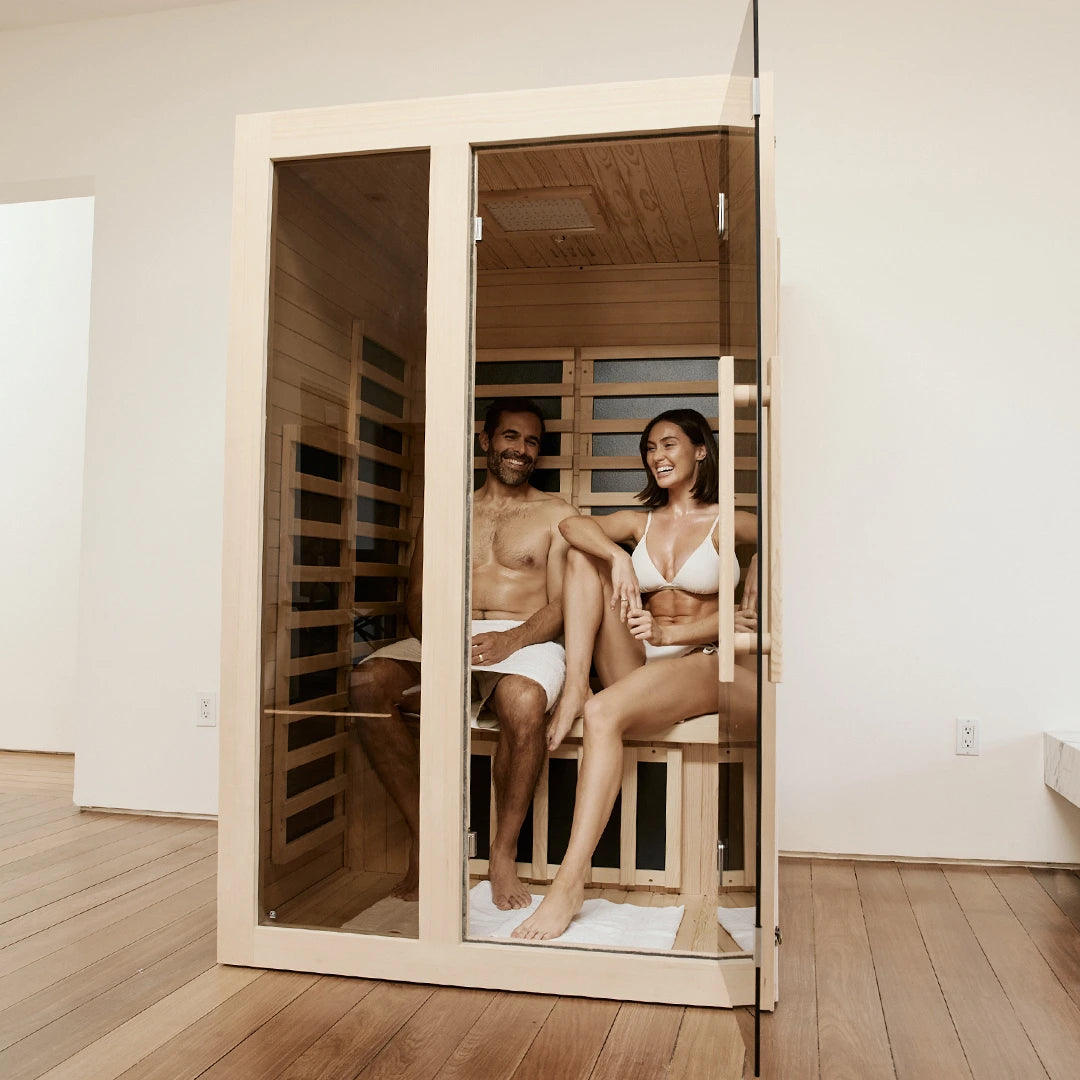10 Common Side Effects of Red Light Therapy Explained

Worried about trying red light therapy but unsure what it might do to your body? Many users experience unexpected side effects that can be confusing, or even alarming.
Ignoring these reactions could make your wellness routine backfire. In this post, we break down 10 common side effects of red light therapy and explain exactly what to expect for safer, more effective results.
Table of contents
Key Takeaways
Expect Mild Skin Reactions: Redness or tightness may occur but usually fades within hours.
Protect Your Eyes: Use goggles or keep your eyes closed to avoid temporary strain.
Monitor Energy Levels: You may feel fatigue or lightheadedness after sessions; rest and hydrate.
Manage Skin Breakouts: Temporary pimples can appear, especially on sensitive or acne-prone skin.
Use Accessories Carefully: Test gels or masks on a small area to prevent allergic reactions.
10 Common Side Effects of Red Light Therapy Explained
Skin Redness
Skin redness after red light therapy occurs because the light increases blood circulation. It is usually mild and lasts a few hours, though sensitive skin may stay red longer.
Redness can be reduced with a gentle moisturizer or shorter sessions. If redness comes with swelling or pain, stop therapy and consult a professional. Fair or sensitive skin may be more prone to this temporary flush.
Eye Strain or Sensitivity
Red light therapy can cause temporary eye strain, often felt as mild burning or tiredness. To protect your eyes, wear goggles, keep your eyes closed, reduce session intensity, and avoid staring at the light.
Eye strain usually disappears within a few hours and rarely causes lasting damage. People with pre-existing eye conditions should consult a specialist before use.

Headaches
Headaches are among the most commonly reported side effects of red light therapy, though they are generally mild and temporary.
People with a history of migraines or light sensitivity may be more prone to experiencing discomfort, especially if exposed to high-intensity light or prolonged sessions.
While there isn’t a clear percentage of patients affected, clinical observations suggest that overexposure, bright or flickering lights, and improper device use can trigger headaches.
Visual exposure to red light, in particular, may worsen migraine symptoms, whereas skin-only exposure tends to be gentler.
To minimize risks, it’s recommended to start with shorter sessions, adjust the device to a comfortable intensity, wear protective eyewear, and stay hydrated.
If you’re feeling sensitive or already experiencing a headache, skipping a session or consulting a healthcare professional is wise.
Following these precautions allows most people to enjoy the benefits of red light therapy, like pain relief, skin improvement, and better recovery, without significant discomfort.
Fatigue
Feeling tired after red light therapy is normal, as your body processes cellular repair and increased circulation.
Fatigue is usually mild and lasts a few hours to a day. Longer sessions can cause stronger tiredness.
Drinking water, eating a light meal, or resting can help. Adjusting session length and frequency helps maintain stable energy levels.
Temporary Skin Breakouts
Red light therapy can cause temporary breakouts, especially on acne-prone or sensitive skin, due to increased cell turnover.
Breakouts usually appear within a few days and clear in one to two weeks. To prevent them, use gentle cleansers, avoid heavy creams, and treat pimples with non-comedogenic products without squeezing. Consistent therapy often improves skin health.
Sleep Disruption
When it comes to red light therapy and sleep, many wonder if it can interfere with circadian rhythms or melatonin production.
Research sheds some reassuring light on this. A study highlighted by The Veterinary Journal tested whether dim red light at night would affect melatonin levels in horses and found no significant impact, suggesting that low-intensity red light is unlikely to disrupt the body’s natural sleep-wake cycle.
In contrast, short-wavelength blue light, like that from screens, is far more disruptive, suppressing melatonin and delaying sleep onset, especially with prolonged evening exposure.
Some peer-reviewed studies also suggest that red light may actually support better sleep by enhancing melatonin regulation and improving subjective sleep quality, though objective measures like total sleep time and REM cycles show mixed results.
Timing, intensity, and wavelength play key roles, making evening use of warm-colored, low-intensity red light generally safer for sleep.
For better nighttime rest, experts recommend limiting blue light exposure and favoring dim, warm lighting in the hours before bed.
Dizziness or Lightheadedness
Some people may feel lightheaded after red light therapy due to circulation changes or prolonged standing.
Dizziness is uncommon but can occur, especially in those with low blood pressure or dehydration, and usually passes within minutes after sitting and hydrating.
To prevent it, drink water before sessions, take breaks, and adjust intensity or duration. People with heart or circulation issues should monitor their response closely.
Dryness or Tightness of Skin
Red light therapy can make skin feel dry or tight by stimulating cellular activity that temporarily dehydrates the surface.
The sensation usually fades within a few hours. Moisturizing before and after therapy, using gentle hydrating products, and starting with short sessions at lower intensity can reduce discomfort.
With consistent hydration, red light therapy does not worsen dryness and may improve skin texture over time.
Muscle or Joint Soreness
Some users may experience mild muscle or joint soreness after red light therapy, especially if they had pre-existing discomfort.
This soreness usually appears within a day and resolves quickly. Shorter sessions, gradual intensity increases, light stretching, and hydration can help.
For persistent or worsening pain, consult a healthcare professional. Soreness typically decreases as the body adjusts to regular sessions.
Allergic Reactions to Therapy Accessories
Allergic reactions from therapy accessories are possible. Silicone masks and gels can cause redness, itching, or small bumps.
Test products on a small area first. Hypoallergenic accessories lower risk but aren’t guaranteed safe.
Clean devices before use, avoid harsh gels, and monitor your skin. If a reaction occurs, stop using the accessory and consult a dermatologist.
FAQs
Does red light therapy have risks for the eyes?
Red light therapy, especially near-infrared (NIR) light, has gained attention for its potential benefits in eye and overall health. Research highlighted in the International Journal of Medical Sciences shows that specific wavelengths, such as 670 nm, can protect retinal cells, reduce inflammation, improve mitochondrial function, and even support healing in age-related or light-induced retinal damage. The therapy targets cytochrome c oxidase in mitochondria, promoting cellular energy and repair, while wavelengths between 630–800 nm are considered safe for ocular tissues, as noted by the International Journal of Ophthalmology. Safety data also support this. A review in the Asia-Pacific Journal of Ophthalmology found that repeated low-level red-light therapy caused only temporary side effects, such as brief afterimages, with no permanent vision loss reported. Most at-home devices, including FDA-cleared masks, operate at low energy levels and are designed to avoid direct retinal exposure. Experts recommend using eye protection, like goggles, during sessions to prevent temporary discomfort, ensuring red light therapy remains both safe and potentially beneficial for eye health.
Is red light therapy safe during pregnancy?
Red light therapy, which uses low-level red or near-infrared light, has become popular for skin care, pain relief, and wellness. But if you’re pregnant, it’s natural to wonder about safety. While research is still limited, existing evidence is reassuring. For instance, a review in the Journal of Lasers in Medical Sciences noted that certain laser treatments, though generally avoided during pregnancy, did not show complications in isolated cases, and laser therapy is considered non-invasive and low-risk for both mother and fetus. Similarly, WebMD highlights a study involving 380 pregnant women who used laser light treatments and found no harm to the parent or baby. Low-level red light therapy is painless and non-invasive, and some studies even suggest it could support a healthier pregnancy experience. Despite these findings, professional organizations like the American College of Obstetricians and Gynecologists recommend caution, advising expectant mothers to consult their healthcare provider before starting any new therapy.
Is red light therapy safe for children?
Red light therapy (RLT) is gaining attention for managing pediatric conditions like myopia, but safety remains a key concern. A study in Photodiagnosis and Photodynamic Therapy evaluated repetitive low-level red-light therapy (RLRL) in children with myopia and found it generally safe over 12 months, showing improvements in eye structure and function without significant harm. Still, some caution is advised. As highlighted by BMC Ophthalmology, minor side effects like temporary discomfort or photophobia have been reported, and rare cases of retinal changes suggest careful monitoring is essential. Children are more sensitive to light, so experts recommend lower intensity, shorter sessions, and protective eyewear compared to adults. Pediatric health organizations emphasize consulting a doctor before starting RLT, following recommended session durations, and supervising its use. While early research shows promise, particularly for slowing myopia progression, long-term safety data remain limited. Parents considering red light therapy should approach it cautiously and always under professional guidance to ensure both effectiveness and safety.


